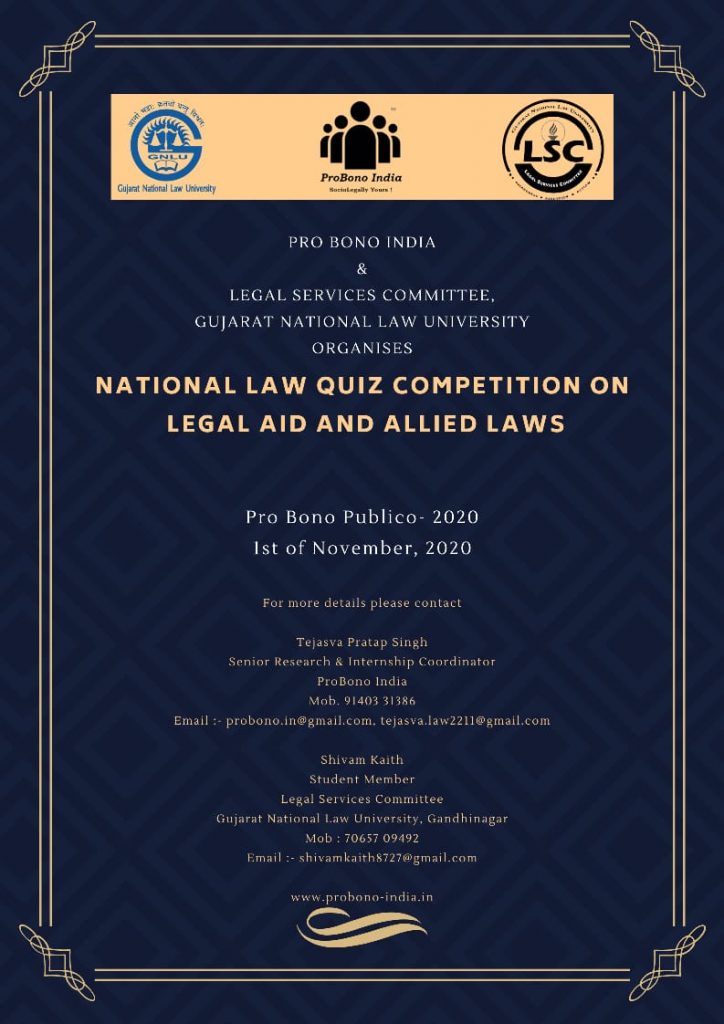Leave granted in an F.I.R dated 18.11.2018, involving sections 302,307,452,427,341,34 of the Indian Penal Code read with Section 25 of the Arms Act, 1959, Sections 3,4,5,6 of the Explosive Substances Act,1908 and Section 13 of the Unlawful Activities (Prevention) Act, 1967. Pursuant to this F.I.R, After 90 days in custody, which expired on 21.02.2019, an application for default bail was made to the Sub-Divisional Judicial magistrate, Ajnala. This application was dismissed on 25.02.2019 on the ground that the learned Sub-divisional Judicial Magistrate had, by an order dated 13.02.2019, already extended time from 90 days to 180 days under Section 167 of the Code of Criminal Procedure, 1973 as amended by the Unlawful Activities Act, 1967. However, this order was challenged by way of a revision petition by the Appellant and his co-accused, which revision succeeded by an order dated 25.03.2019, by which the learned Additional Sessions Judge being the Special Court set up under the National Investigation Agency Act,2008.
Shri Colin Gonsalves, learned Senior Advocate appearing on behalf of the Appellant, referred to both the enactments as aforesaid in copious detail and stressed the fact that once the Special Court had been set up as an exclusive Court had been set up as an to try all offences under the UAPA, such offences being scheduled offences relatable to the NIA Act, it was the special Court alone which had exclusive jurisdiction to extend the period of 90 days to 180 days under Section 43-D (2) (B) of the UAPA. This being the case, on an application having been made prior to the filing of the charge sheet for default bail, his contention was that the indefeasible right to default bail arose immediately after 21.02.2019, when the 90 day period was over. An order that is passed without jurisdiction by the learned Sub-Divisional Judicial Magistrate dated 13.02.2019, had been corrected by the learned Additional Sessions Judge/Special Court vide the order dated 25.03.2019 as a result of which his right to default bail sprung into action filing of the charge sheet dated 26.03.2019. He, therefore, assailed the High Court judgment on both country-
Firstly, that the exclusive jurisdiction to extend time vested only in the Special Court and not in the Ilaqa Magistrate, despite the fact that it was the State Police Agency that investigated these offences. Secondly, he also argued relying upon a number of judgments, that the Appellants right to default bail was not extinguished by the filing of the charge sheet dated 26.03.2019, as was incorrectly held by the High Court.
Smt. Jaspreet Gogia, learned Advocate who appeared on behalf of the State of Punjab, also took us through the provisions of both the aforesaid enactments. She stressed in particular in particular Section 10 of the NIA Act, stating that nothing in the said Act would affect the powers of the State Government to investigate and prosecute any scheduled offence. She also stressed the fact that the entire investigation was done only by the state policy and not by the National Investigation Agency. This being the case, she argued that the Ilqa magistrate had jurisdiction to extend time, and having so extended time on 13.02.2019, any application for default bail after the 90 day period was over i.e. after 21.02.2019 had necessarily to be dismissed. She also argued that the first application for default bail which was filed on or before 25.03.2019, had spent its force, having been dismissed, and that the application dated 08.04.2019 filed for default bail was clearly after 26.03.2019, when the charge sheet was filed and therefore was correctly dismissed by the order of the learned Special Judge Dated 11.04.2019.
Having heard learned counsel for the parties, it is important at this stage to set out all the relevant provisions of the three enactments that we are directly concerned with- the code, UAPA and NIA Act.
The appeal is, accordingly, allowed, and the impugned judgment of the High Court is set aside.
